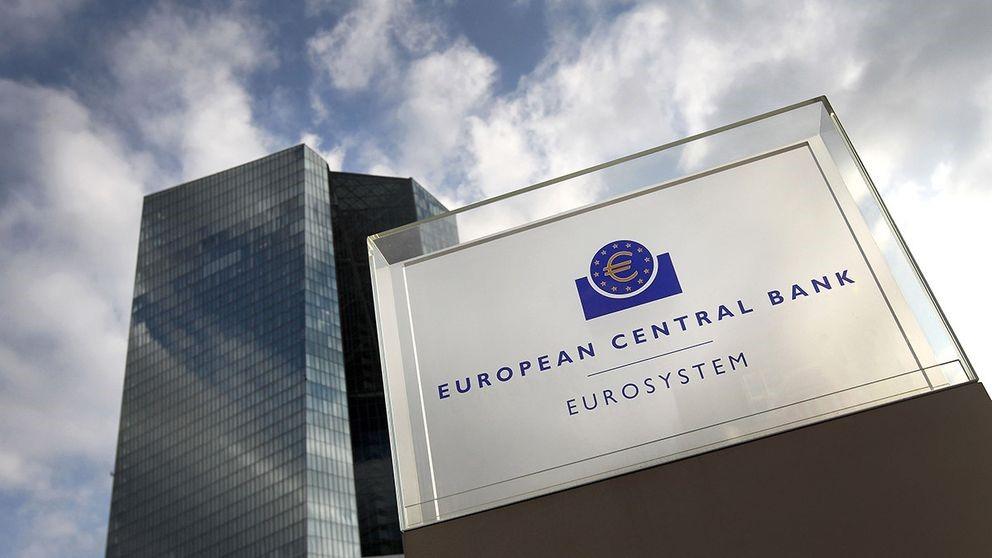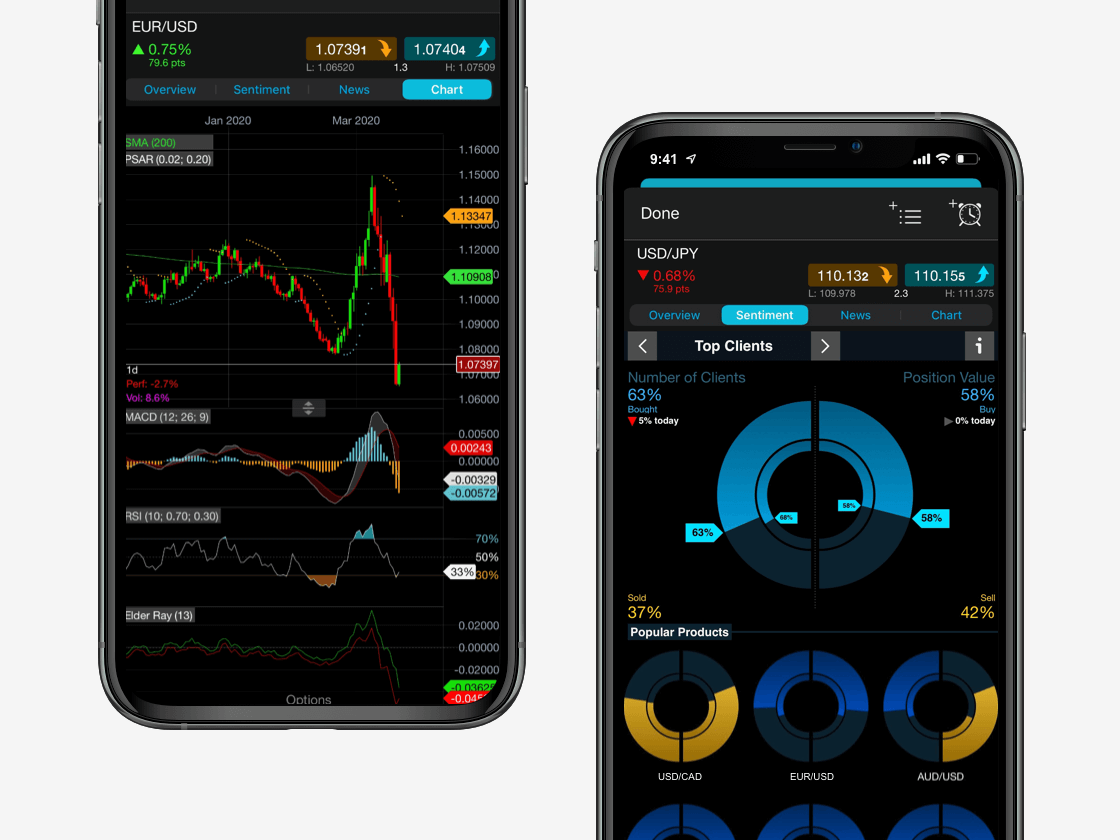Foreign exchange trading is also known as FX trading or forex trading. It provides the opportunity to speculate on price fluctuations within the FX market. The goal of FX trading is to forecast if one currency’s value will strengthen or weaken relative to another currency.
A forex trader will encounter several trading opportunities each day, due to daily news releases. They take advantage of this by becoming extremely receptive to market news releases and then trade based upon the suspected market sentiment. FX is an industry term that is abbreviated from forex, and is commonly used instead of forex. However, forex is also an abbreviation of foreign exchange.
Forex is always traded in currency pairs – for example, GBP/USD (sterling v US dollar).
Forex trading works by speculating against the difference in valuation of two currencies. For example, If you were to trade the GBP/USD, and thought the price of the US dollar were to drop lower than GBP, you could long the currency pair to profit from the difference in value.
Looking at the GBP/USD currency pair, the first currency (GBP) is called the 'base currency' and the second currency (USD) is known as the 'counter currency'. Alternatively, if you think GBP will fall against USD (or that USD will rise against GBP), you go short sell the currency pair.
Find out what are some of the most traded currency pairs in the forex market by reading our in-depth guide.








